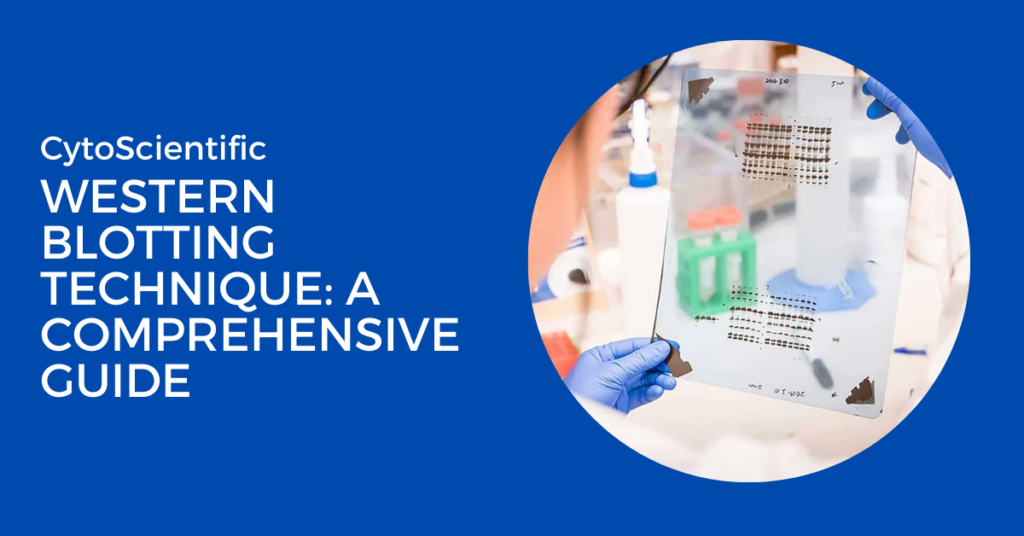Western blotting, a powerful analytical technique that combines gel electrophoresis and antibody-based detection, provides qualitative and quantitative insights into protein expression. It is widely used in molecular biology, immunology, and medical research to study protein structure and function.


